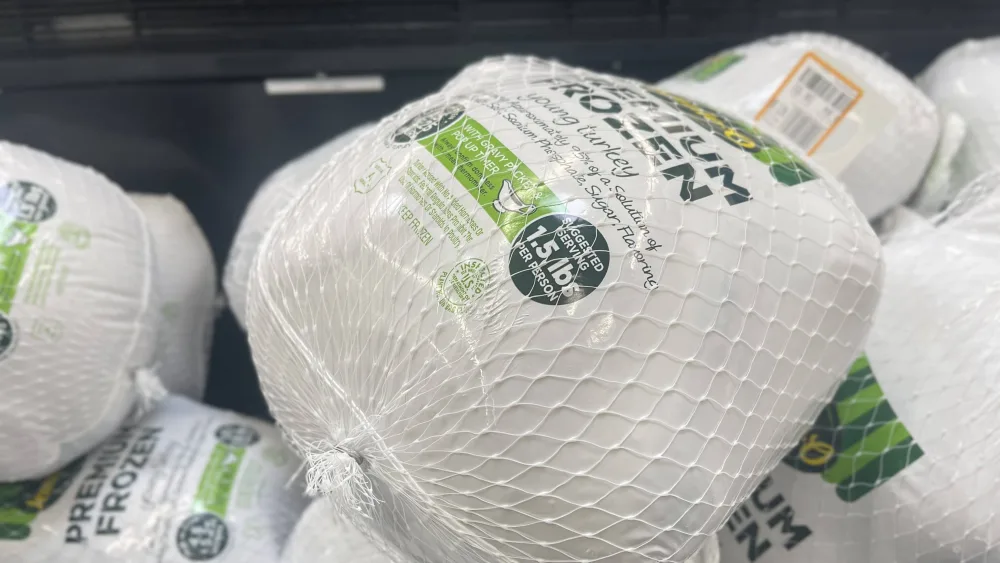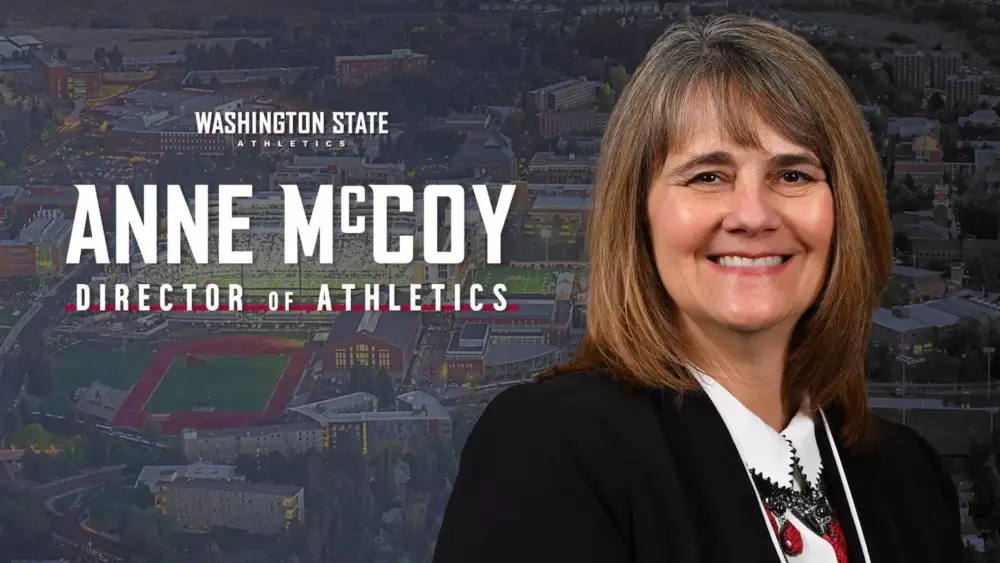PULLMAN, WA – In the hushed light of a museum gallery, Hallie Meredith discovered something intriguing about ancient Roman glasswork hiding in plain sight.
It was February 2023, and the Washington State University art history professor and glassblower was examining a private collection of Roman glass cage cups at the Metropolitan Museum of Art in New York City. These delicate works of luxury were carved from a single block of glass between 300 and 500 CE and have been studied for centuries for their beauty. Meredith’s revelation was not the result of advanced imaging or new technology but rather a simple act of curiosity: turning one of the vessels around.
On the reverse side of the late-Roman object, she found abstract openwork symbols — such as, diamonds, leaves, or crosses — carved alongside an inscription wishing its owner a long life. Previously dismissed as decorative, Meredith’s research suggests these motifs are instead makers’ marks: the signatures of workshops and artisans who carved the empire’s most intricate glass.
“Because I am trained as a maker, I kept wanting to flip things over,” said Meredith, who began glassblowing as an undergraduate in college and has continued to practice ever since. “When that happens, patterns appear that everyone else has literally photographed out of the frame.”
That moment in the museum soon grew into a larger investigation of how Roman artisans worked. In two recent papers — one published in April in the Journal of Glass Studies and another in October in World Archaeology — Meredith traced the same symbols across other carved vessels, linking them to a visual language shared by glassworkers from the fourth to sixth centuries CE. By studying tool marks, inscriptions and unfinished fragments, she showed that these objects were not made by solitary masters but by coordinated teams of engravers, polishers and apprentices. What began with a simple turn of the wrist revealed a hidden network of makers whose signatures, overlooked for centuries, are now coming into view.
![Roman glass openwork vessel with a detail of its symbol on the right. Inscription: BIBE V[I]VAS I[..]A (Drink may you live I[..]a!) (photos courtesy of Corning Museum of Glass).](https://dehayf5mhw1h7.cloudfront.net/wp-content/uploads/sites/2472/2025/11/13093931/jgs-6943_meredith-g1-1.webp)
Each cup, known as a diatretum, began as a thick-walled blank, painstakingly carved into two concentric layers linked by delicate glass bridges. The result — a lattice that seems impossibly light — was a feat of both design and endurance. Meredith’s research suggests that the work required multiple specialists collaborating over weeks, months, or even years. The abstract marks, she believes, identified collective workshops, much like a modern studio logo. “They weren’t personal autographs,” she said. “They were the ancient equivalent of a brand.”
She explores this broader world of Roman artisans in her forthcoming monograph, The Roman Craftworkers of Late Antiquity: A Social History of Glass Production and Related Industries, currently in production with Cambridge University Press and expected for release in 2026 or 2027.
Meredith’s background as a glassblower gives her research a practical edge. She knows the feel of molten glass and the discipline it takes to shape it — experience that now guides her approach to ancient craftsmanship. At WSU, she teaches Experiencing Ancient Making, a course where students 3D print versions of ancient artworks, try their hand at making, and use an app she designed to virtually take apart artifacts. “The goal isn’t perfect replication,” she said. “It’s empathy. Ancient craftworkers can be understood differently when their production processes are experienced.”
That empathy drives her larger mission to restore visibility to the anonymous artisans who shaped the ancient world. “There’s been a static picture of people who do the work,” Meredith said. “We presume we understand them because we focus on elites. But when the evidence is assembled, far more is known about these craftworkers than previously thought.”
![Glass openwork vessel excavated at Cologne dating to around 350–400 CE with an image of an inscription on the right. Inscription: BIBE MVLTIS ANNIS (Drink [may you live] for many years!) (photos courtesy of the State Collection of Antiquities and Glyptothek, Munich. Photos by Christa Koppermann).](https://dehayf5mhw1h7.cloudfront.net/wp-content/uploads/sites/2472/2025/11/13093926/jgs-6943_meredith-g2-1.webp)
Glass openwork vessel excavated at Cologne dating to around 350–400 CE with an image of an inscription on the right. Inscription: BIBE MVLTIS ANNIS (Drink [may you live] for many years!) (photos courtesy of the State Collection of Antiquities and Glyptothek, Munich. Photos by Christa Koppermann).
Her next project bridges art history and data science. Working with WSU computer science students, Meredith is building a searchable database to track non-standard writing — misspellings, mixed alphabets, and coded inscriptions — across thousands of portable objects. What earlier scholars dismissed as gibberish may, she believes, be evidence of multilingual makers adapting scripts for new audiences.
Meredith’s research ultimately challenges scholars to view ancient artifacts from a new perspective. When light glances off a diatretum’s lattice, the glass reveals more than a marvel of engineering — it reflects the hands, skill, and imagination of the people who made it.





